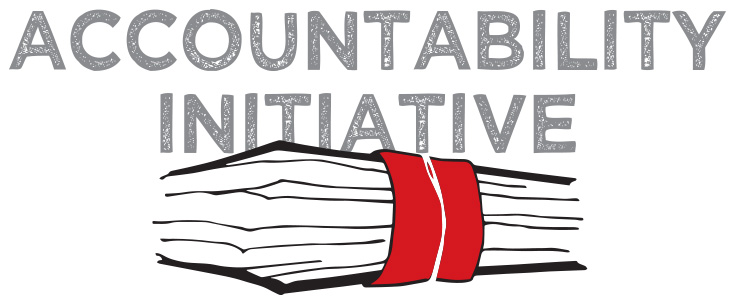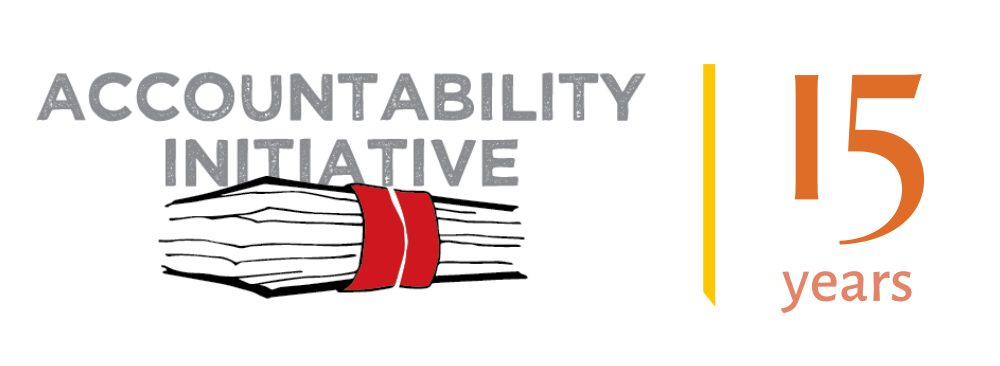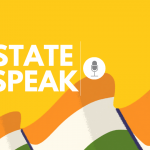
Who are the Poor in India?
22 July 2010
Over the years various indices and poverty measures have been developed to try and estimate the number of people living below the poverty line. The latest in this long line of poverty measures is the Multi-Dimensional Poverty Index (MPI). Developed by the Oxford Poverty and Human Development Initiative (OPHI) UNDP, the MPI aims to provide a more detailed assessment of poverty at the individual level. In India, the MPI estimates that 55% of the country’s population is poor. But as experience has shown, measuring and defining poverty is a complex task anywhere, more so in India where large sections country’s 1.2 billion population are unaccounted or misrepresented in official data. A closer look at the great Indian poverty debate gives us a good idea of just how complicated things really are.
The Indian Government defines poverty with the help of a BPL survey that it conducts from time to time (three have been conducted so far, in 1992, 1997 and 2002). The last survey defined the percentage of the BPL population at 27.5%. On the recommendations of the Suresh Tendulkar Committee however, the figure was recently changed to 37.2%. However, there has been some debate within policy circles about the accuracy of the BPL survey estimates. According to noted economist, Jean Dreze, the government’s identification system is “divisive and open to manipulation”. On the flipside, Manjula Krishnan, Chief Economic Advisor, Ministry for Rural Development the government is “still crystallizing [it’s] ideas on how to identify poor households.”
The BPL Census employs a scoring scheme where households are judged based on 13 indicators and then eliminated by how high they score. The indicators cover characteristics of households ranging from ownership of items (pressure cookers, motor transport) to features of their house (concrete foundations and covered bathrooms). Many economists and policymakers find these exclusion criteria to be arbitrary and unfair and are pushing to reform them before the 2011 BPL census. To give a sense of the unfair picture these indicators might paint consider the following: a fourth of the BPL population owns a two-wheeler, a third own a color TV, and two-thirds own a pressure-cooker. A casual observer might wonder whether a household with ownership of these items deserves to be classified as “poor” (a recent Financial Express headline, less thoughtfully, proclaimed that the statistics indicate sections of the BPL population “live it up”). When dealing with this data, it’s important to remember the nuances of poverty and the different forms it might take: should a family with a TV and concrete foundation in their home, but no access to healthcare or running water be excluded from the BPL population? In past surveys, families with a ceiling fan, flush toilet, or more than ten articles of clothing were excluded from the BPL population. On the flip-side, according to N.N. Paul, a spokesman for the Planning Commission, well off families often use their political connections to get classified as poor and use government welfare schemes to for free perks. And while the BPL census is focused heavily on rural India, the rapidly expanding numbers of urban poor need to be accounted for as well.
The real problem with defining the BPL population in India however is not the metrics but the politics surrounding the delivery of welfare schemes. The government, it seems, can only afford to classify as poor the numbers it can afford to pay for in welfare schemes. The indicators used to determine poverty in India have so far been limited to food, fuel and clothing- something the Planning Commission has now changed to include education and healthcare, resulting in BPL numbers surging to over 400 million. This means that tens of millions will suddenly be added to the welfare rolls, and the PDS needs to be geared to accommodate them. Knee-jerk spending on welfare schemes can be explained by the obvious political dividends: the poor are a powerful voting block and the rapid approval of welfare schemes often overlooks functional service delivery. Spending on social services and development has increased 10.5%- 20% during 5 years of the Congress party in power. B.K. Sinha, an official in the Ministry for Rural Development, stresses that ration cards will continue to remain scarce despite the increased poverty numbers as long as they remain the sole ticket to the basket of welfare services and in the grip of arbitrary state control. States currently have a ‘poverty quota’ which only allows for new cards to be issued when old cards are canceled. To ensure that the BPL population is appropriately defined and therefore eligible for welfare schemes, it is imperative that the Planning Commission reassesses the methodology used to classify this population ahead of the next BPL Census slated for April 2011.
Concrete positive steps are thankfully underway. The Government’s decision to revamp the Rashtriya Swasthiya Bima Yojana by absorbing large sections of the unorganized workforce such as above poverty line NREGA workers, street vendors, taxi and rickshaw drivers into the scheme where they receive the same health benefits as BPL households reveals a more nuanced understanding of where welfare schemes need to be diverted. The India Protection Index developed by the NCAER uses 78 indicators on the basis of availability and strength in a manner where they are dynamically engaged with one another and contextualized. This index provides a more accurate mirror of both financial and social wellbeing of Indian families and is unique in that it seeks to quantify psychological factors. In doing so, it becomes one of the strongest efforts to measure poverty in India as more than a number, and instead a state of life—and consequentially welfare as a process toward happiness and national wellbeing.
Last but not least there is need for greater transparency in the process of enumerating and counting India’s poor. With various poverty estimates and statistics doing the rounds and crores of rupees in welfare benefits at stake, it is imperative that there is some answerability and accountability from the government on how estimates are arrived.
Click here to view a video from the Wall Street Journal on measuring poverty in India.
Rishiv Khattar was working as an intern with the Accountability Initiative.





